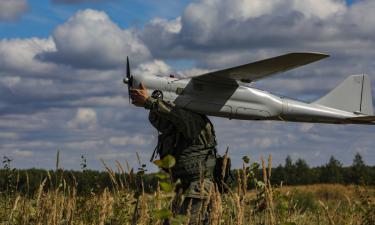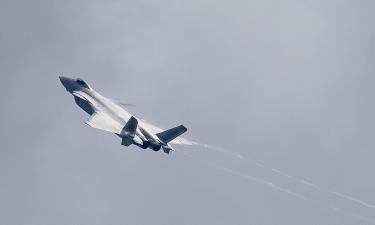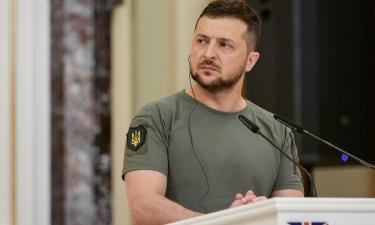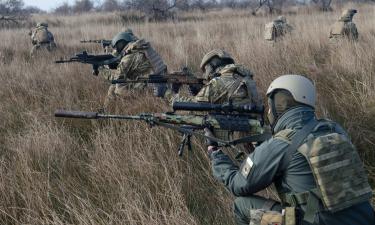Second stage of H5N1 clinical trials proved to be success
Since the breakout of poultry flu in Asia, Sinovac Biotech has started H5N1 clinical trials in case it would mutate into a strain which could easily spread from person to person. The company was intended to discover pharmacological effects and identify any adverse reactions the vaccines may achieve in humans.
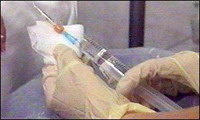
As the 2003 strain died out in 2004 making the vaccine of little use. In April 2004, WHO made an H5N1 prototype seed strain available to manufacturers. In August 2006, WHO changed the prototype strains and now offers three new prototype strains which represent three of the six subclades of the clade 2 virus which have been responsible for many of the human cases that have occurred since 2005.
The National Institute of Allergy and Infectious Diseases (NIAID) awarded H5N1 vaccine contracts to Aventis Pasteur (now Sanofi Pasteur) of Swiftwater, Pennsylvania , and to Chiron Corporation of Emeryville, CaliforniaS. Each manufacturer is using established techniques in which the virus is grown in eggs and then inactivated and further purified before being formulated into vaccines.
On April 17, 2007 the US FDA approved "Influenza Virus Vaccine, H5N1" by manufacturer Sanofi Pasteur Inc for manufacture at its Swiftwater, PA facility.
The most important study, the II phase of it, is to evaluate the safety, reactogenicity, and immunogenicity of 2 doses of an IM inactivated influenza A/H5N1 vaccine in healthy children, aged 2 through 9 years. This study is designed to investigate the safety, tolerability, and dose-related immunogenicity of an investigational inactivated influenza A/H5N1 vaccine. A secondary goal is to identify an optimal dosage level of the vaccine that generates an acceptable immunogenic response, while maintaining an adequate safety profile.
The study proved a success.
Subscribe to Pravda.Ru Telegram channel, Facebook, RSS!
